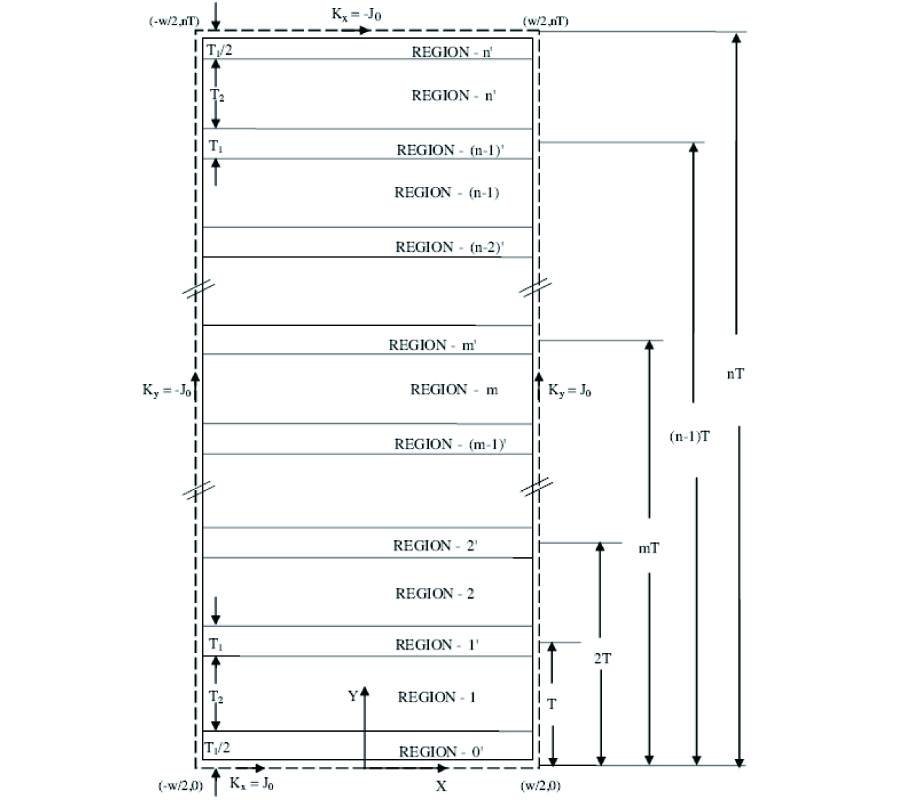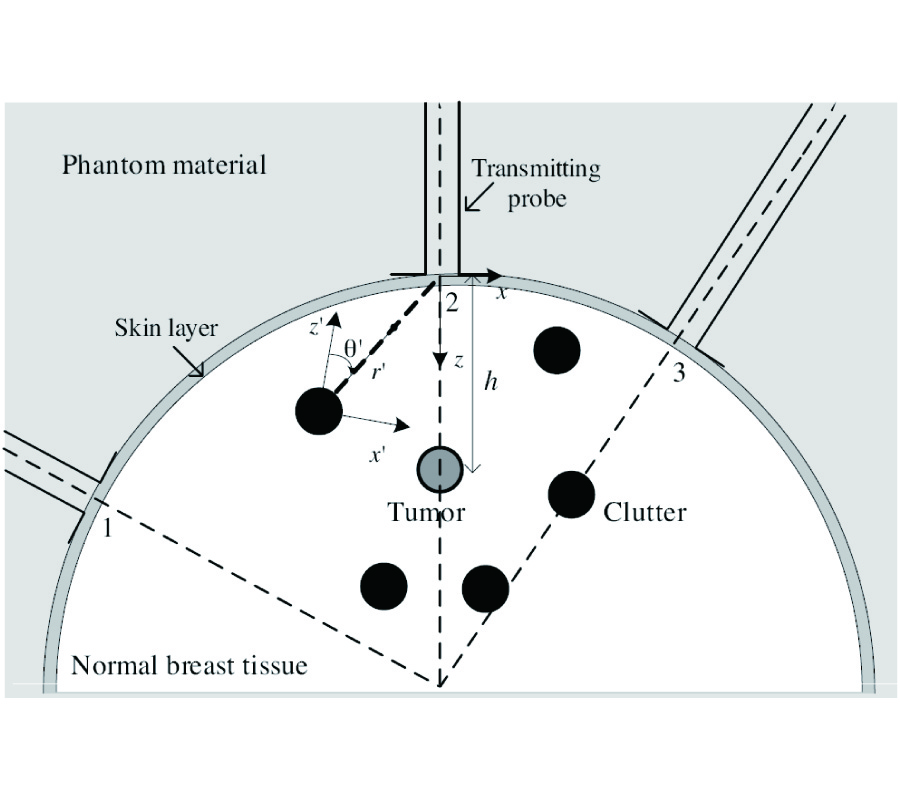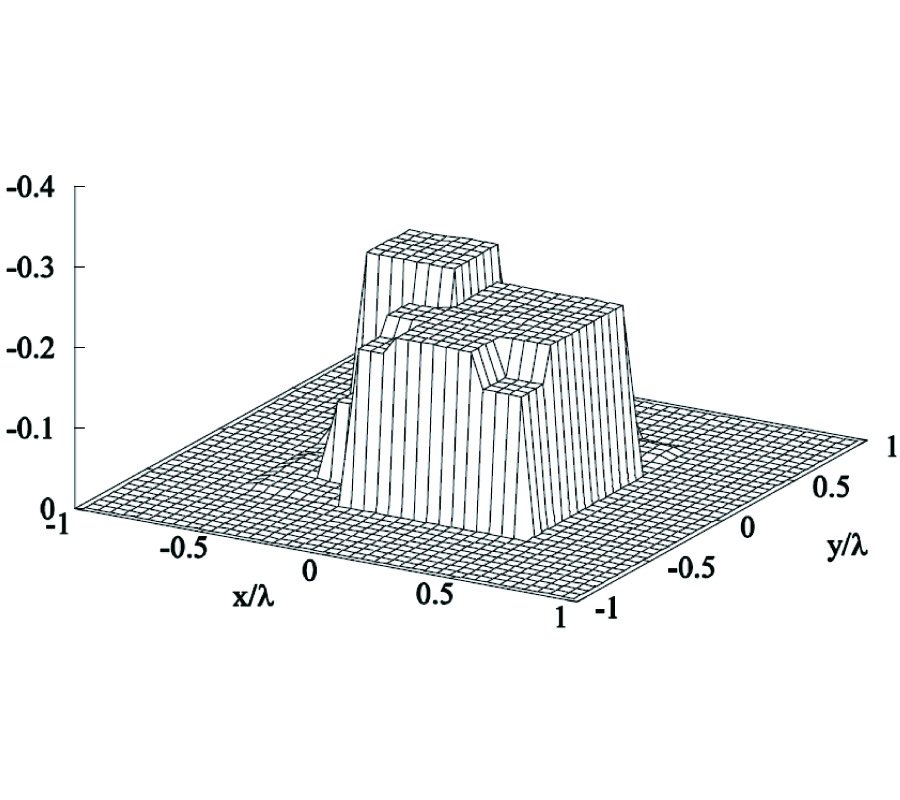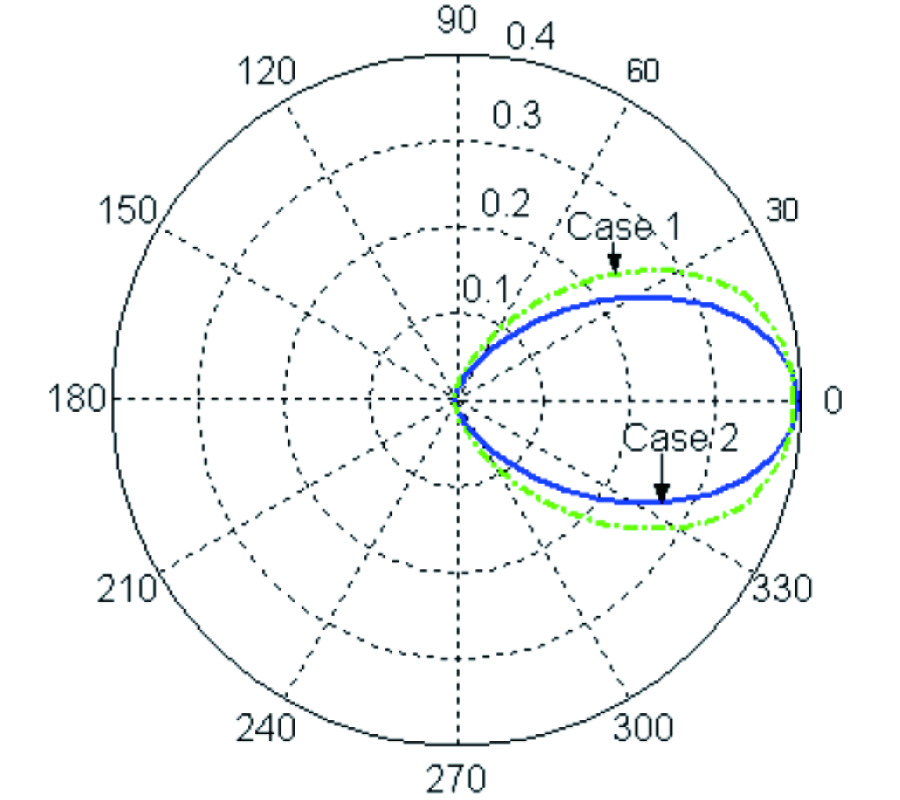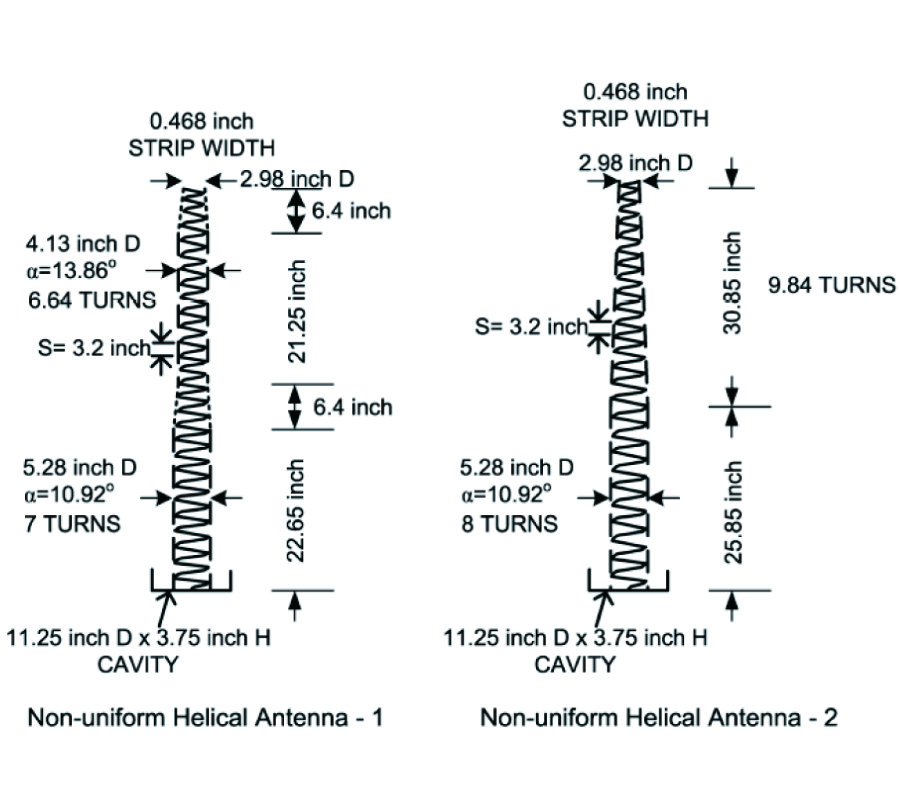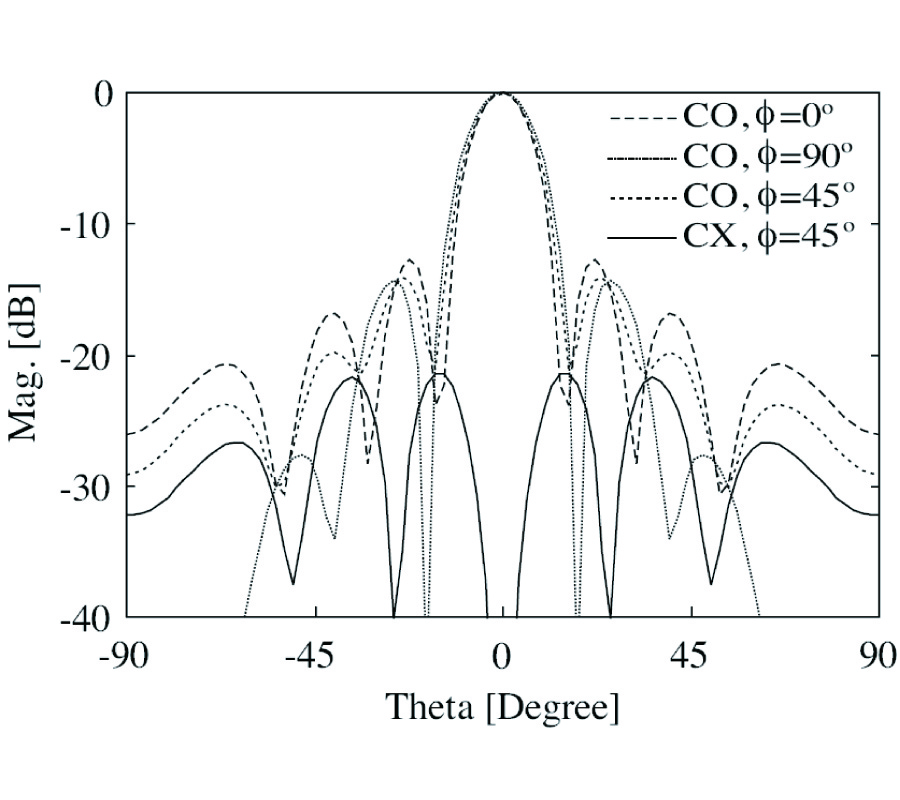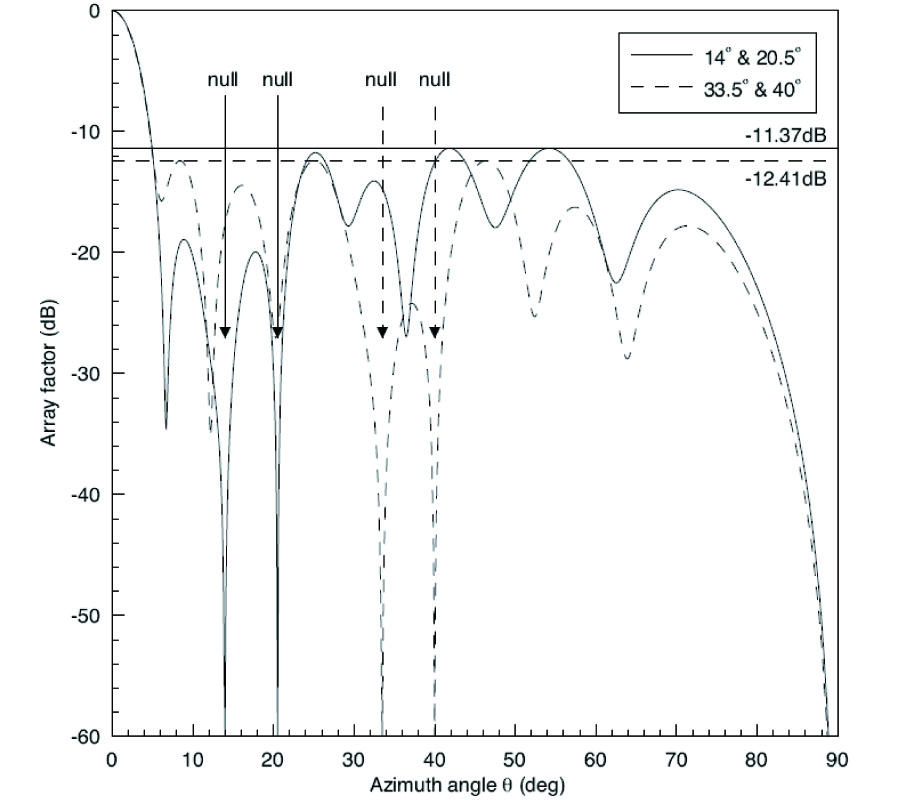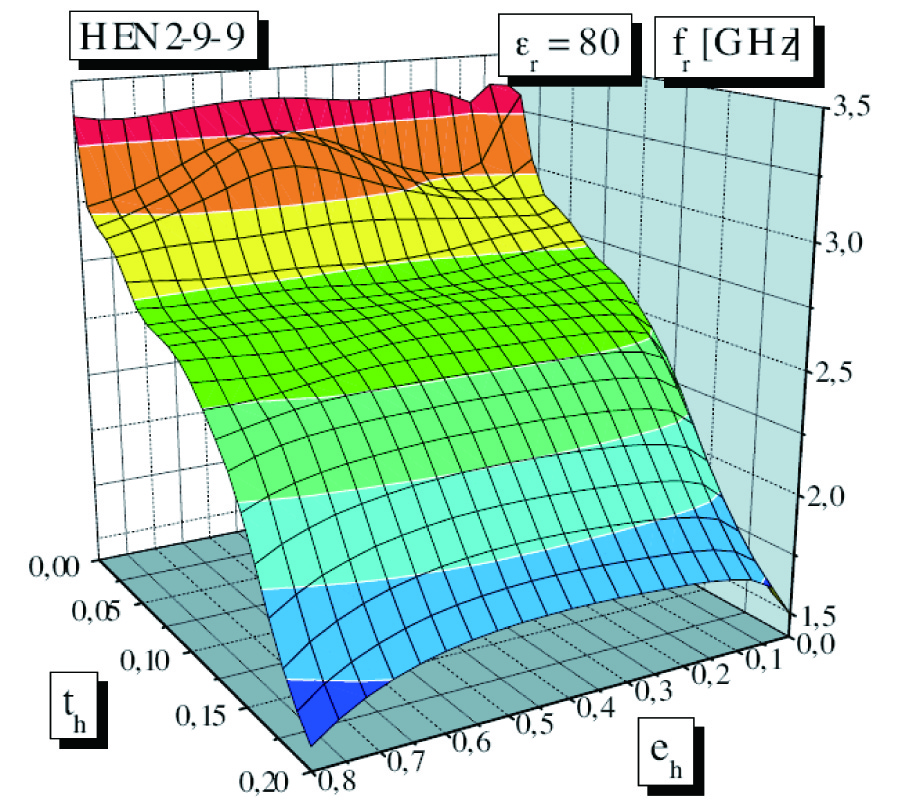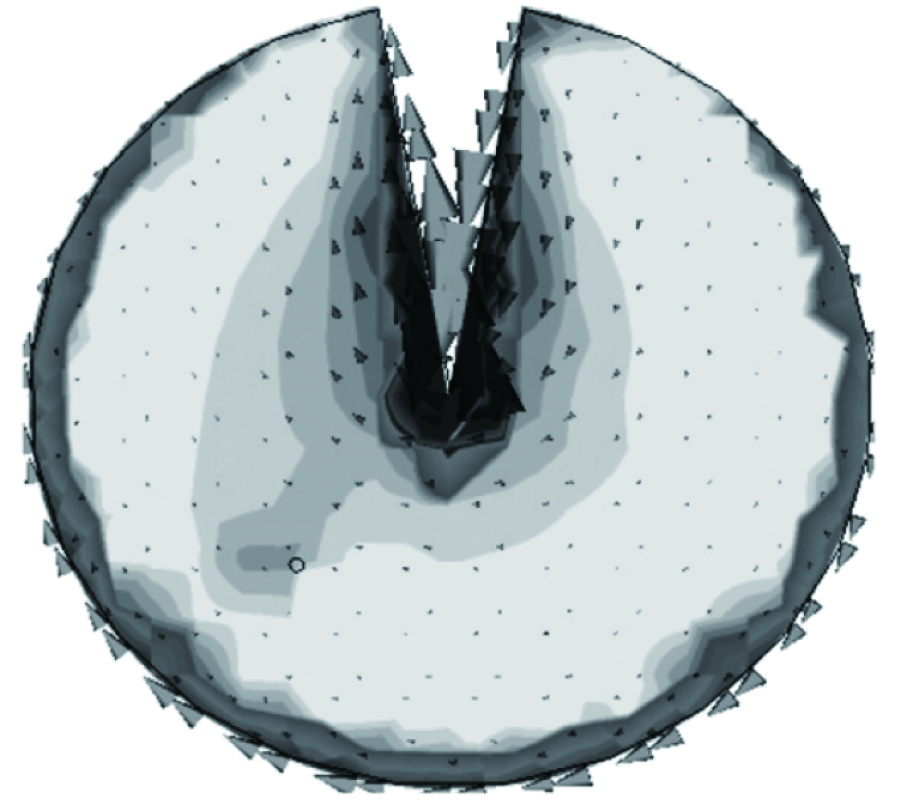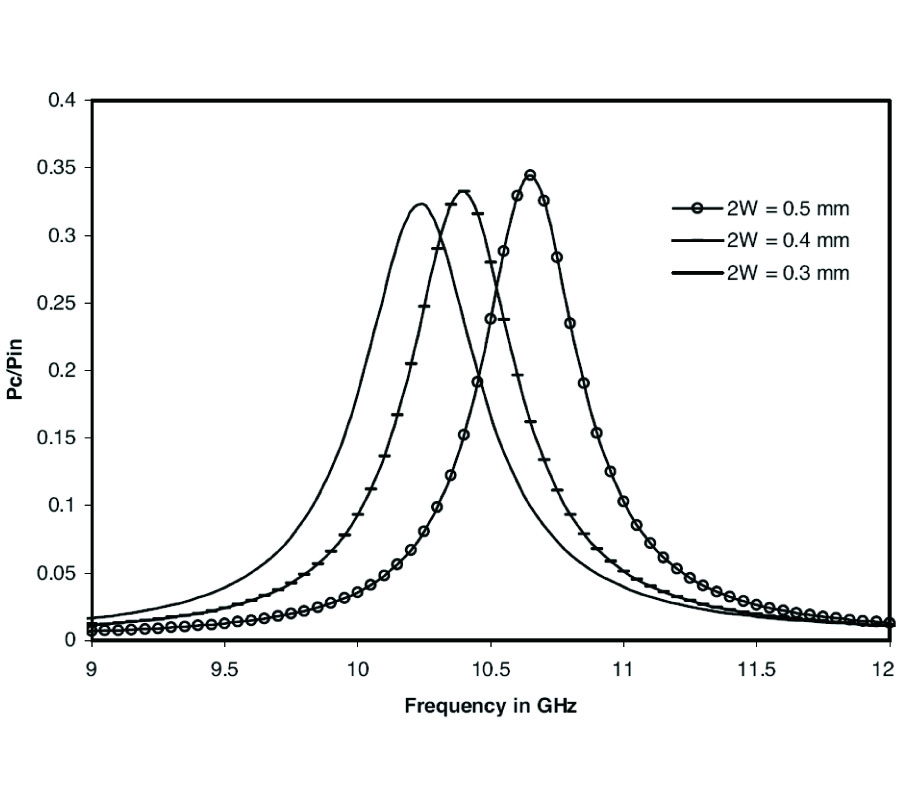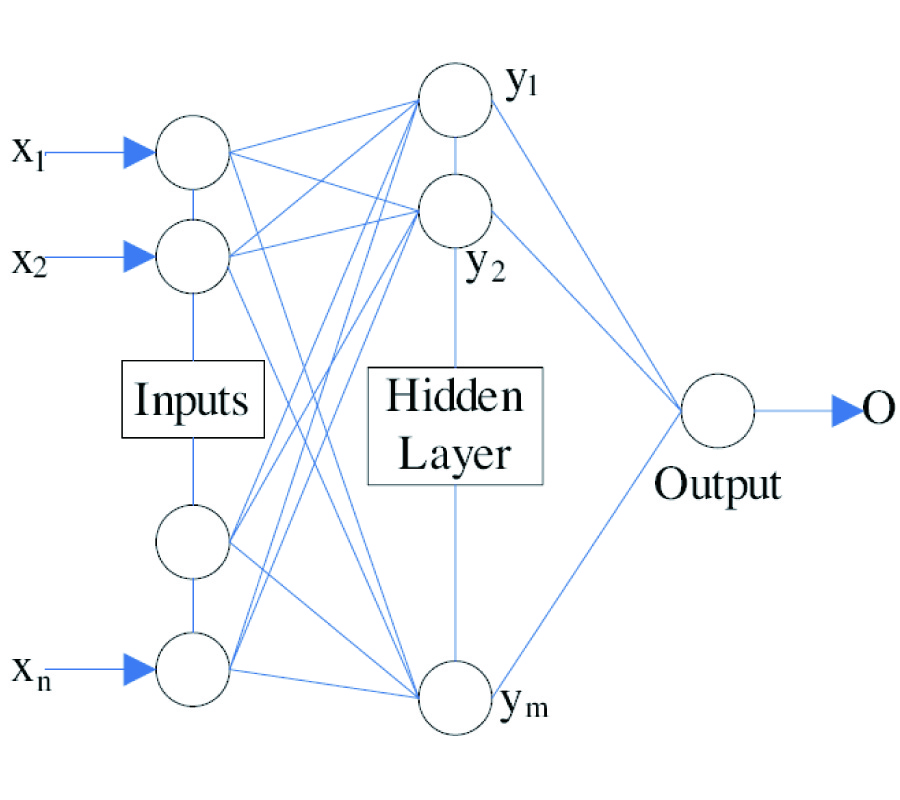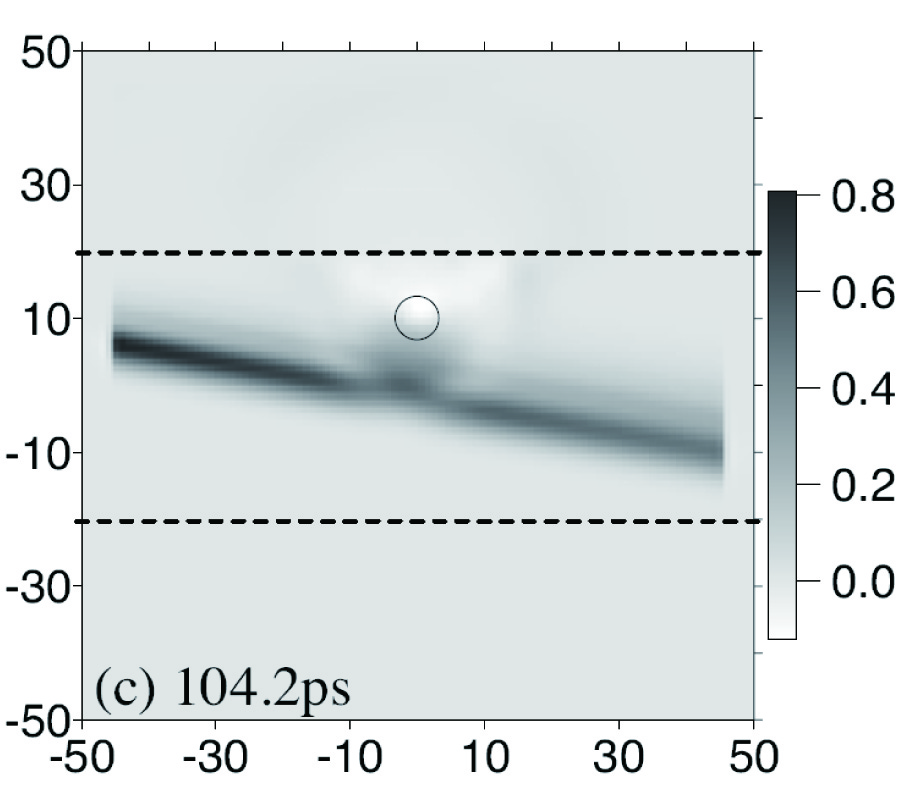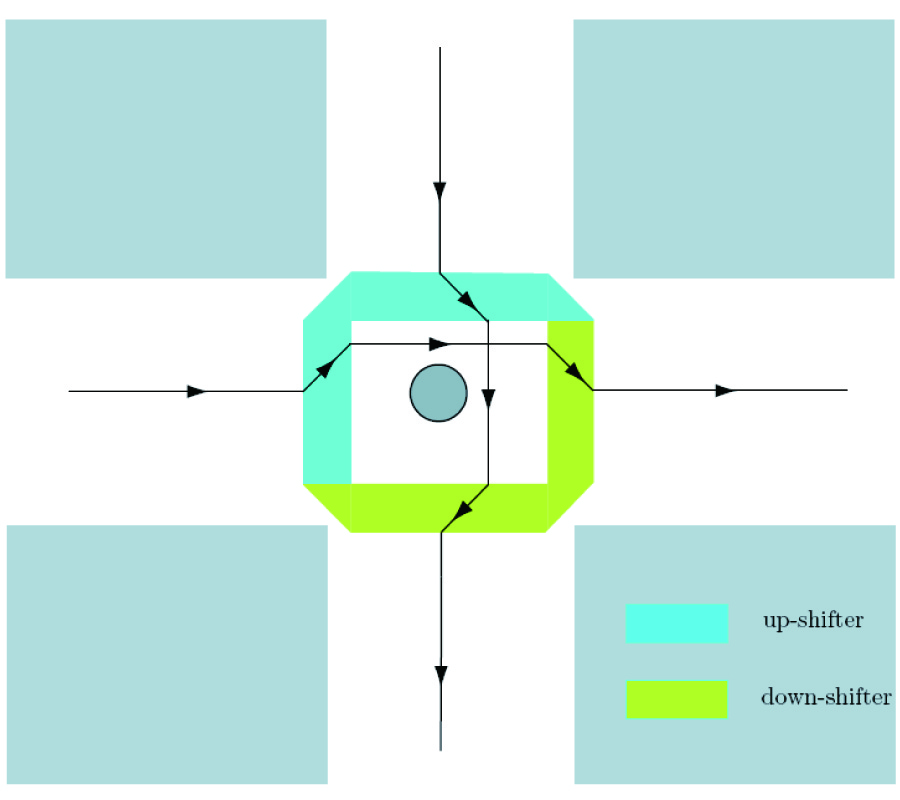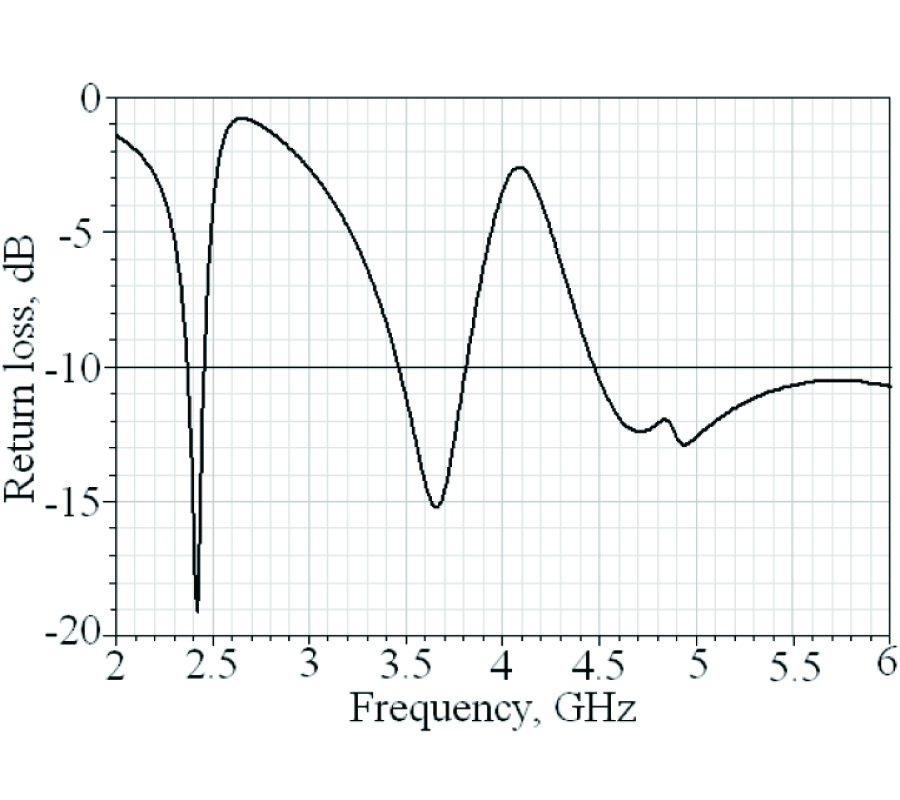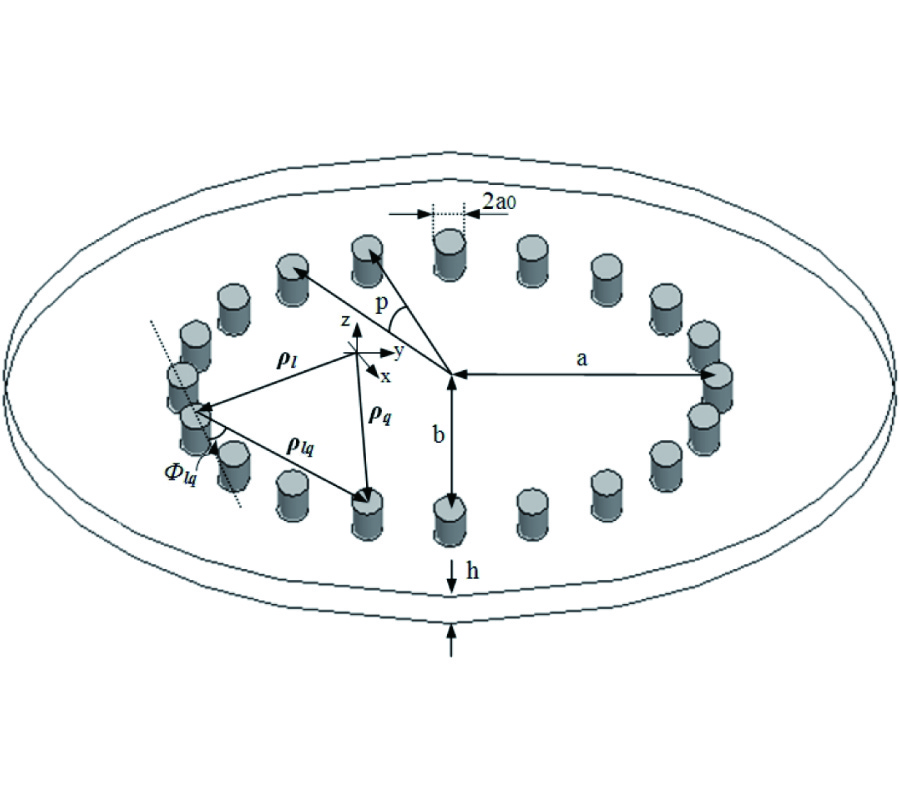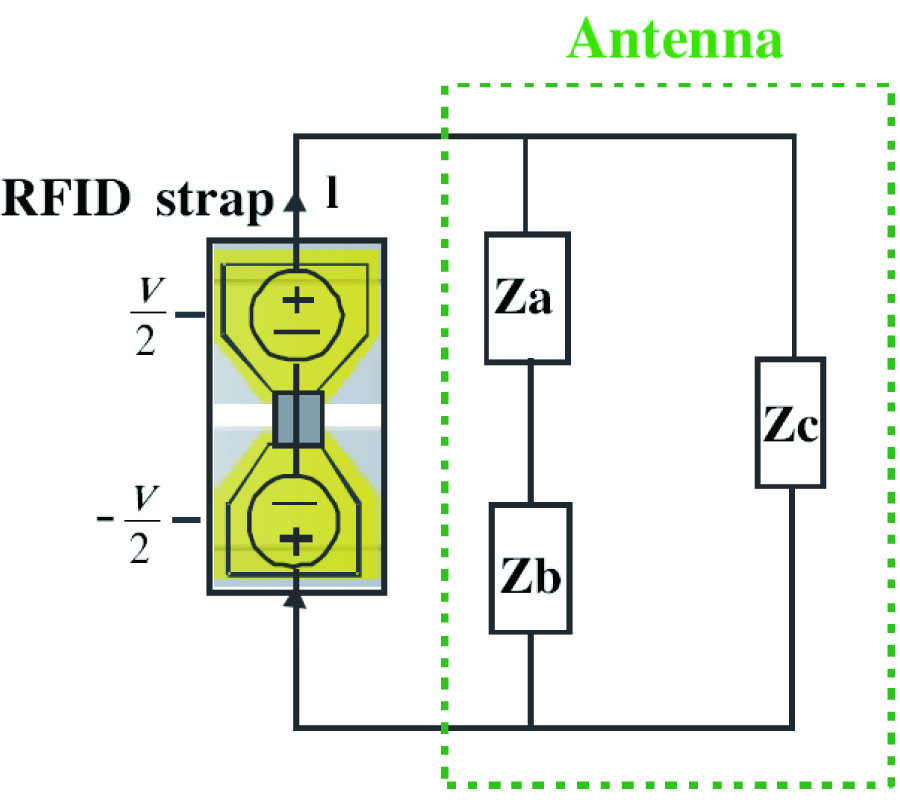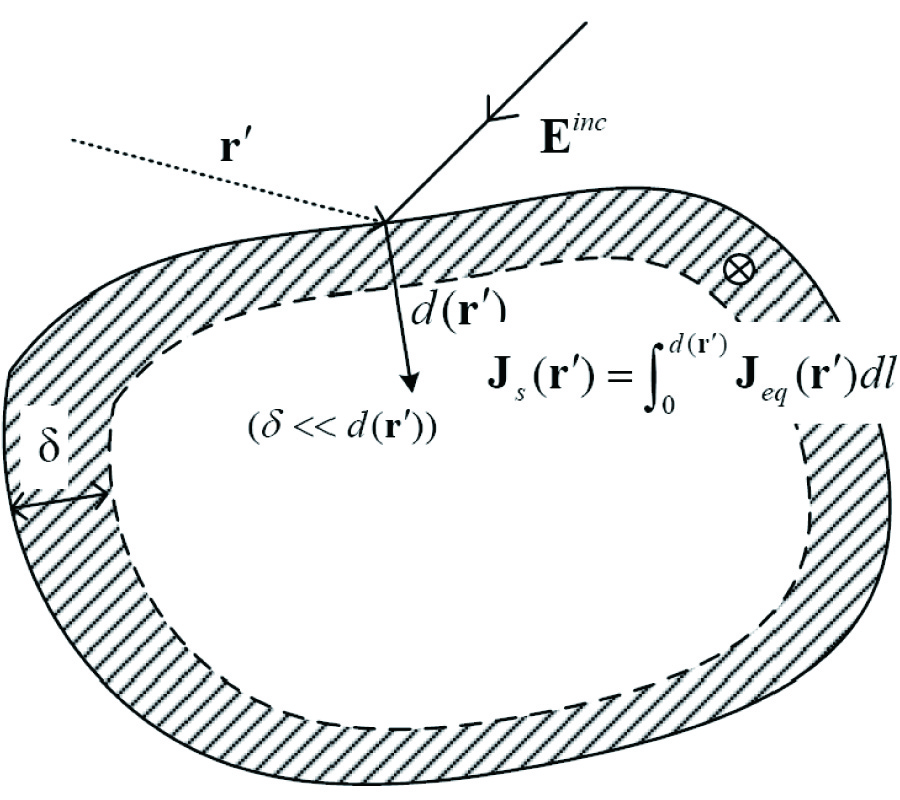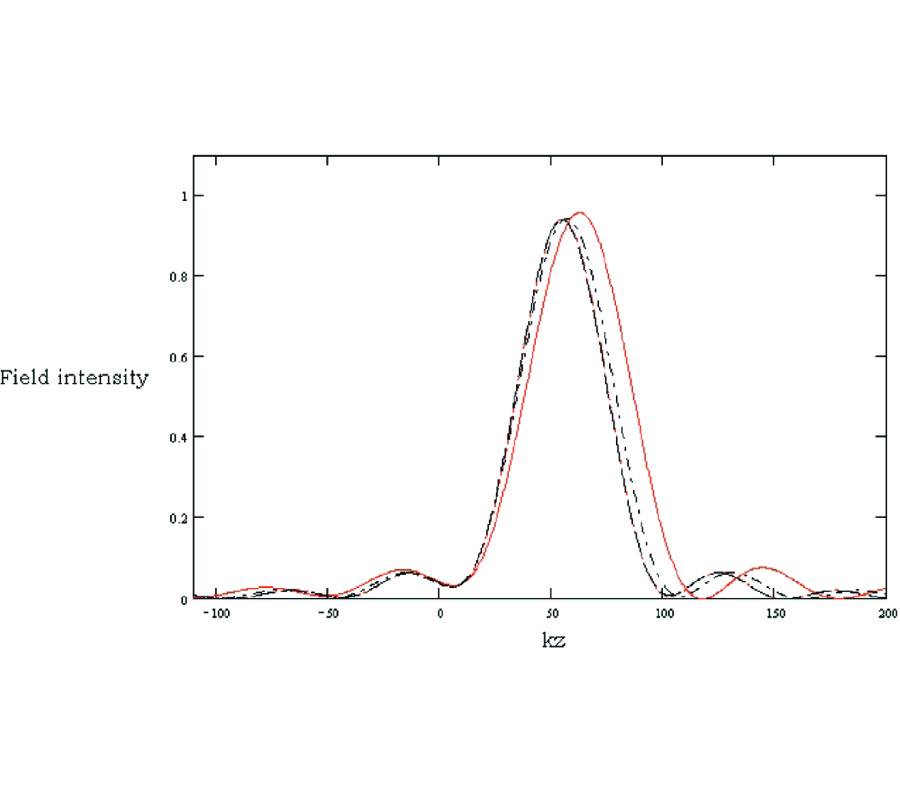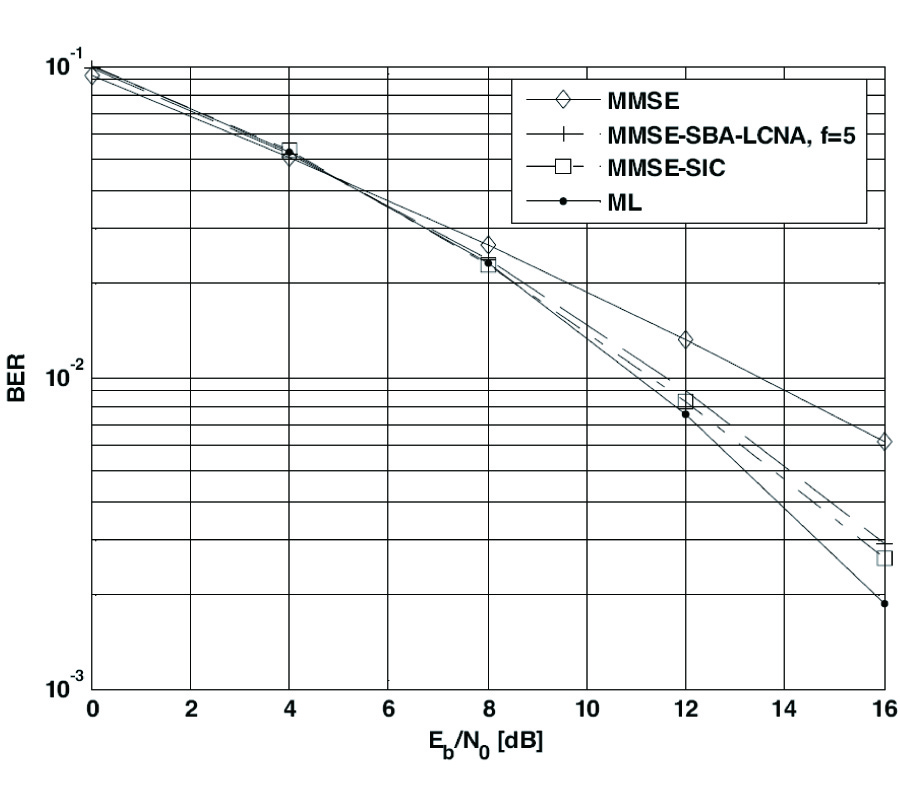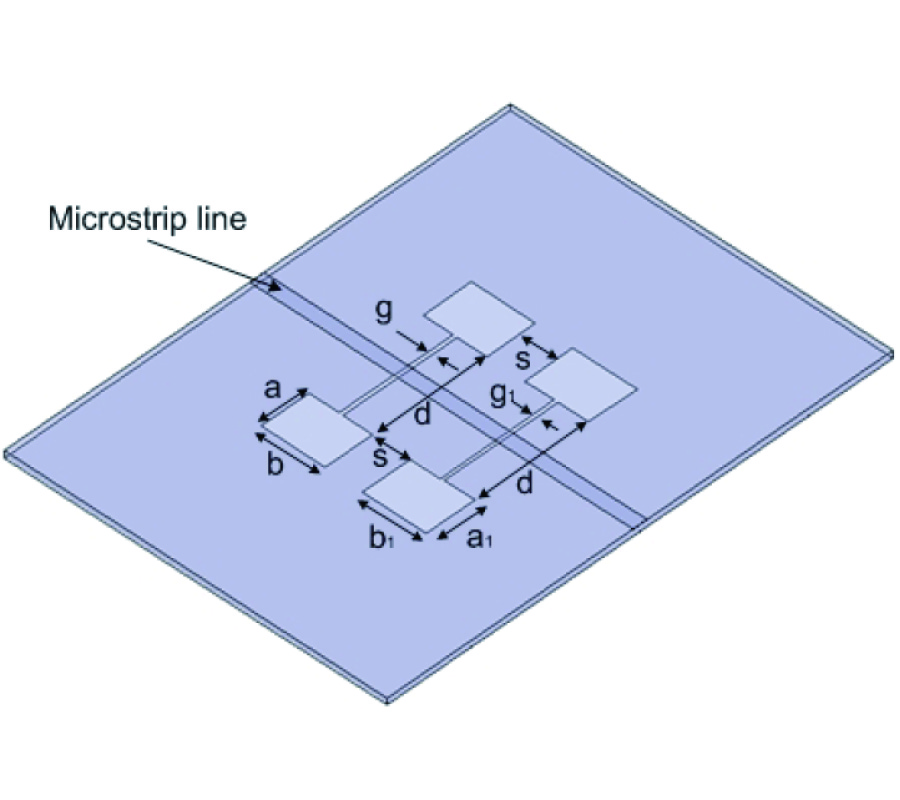Electromagnetic Modeling of Retinal Photoreceptors
Cahit Canbay and
İlhami Ünal
New electromagnetic models for the rods and cones that are the photoreceptors at the back of the retina are developed and simulated in order to explain the roles of dimension, geometrical structure, directional sensitivity and visual pigments of the photoreceptors in the reception of visible light. The rods and cones are modeled as uniform and quasi-tapered helical antennas, respectively. The results of the model study show that if the model antennas have the original photoreceptor cell dimensions, the frequency responses of the model antennas and the spectral sensitivities of the photoreceptors would be very close to each other. In addition, it's observed that the spectral sensitivities of L, M and S cones are broadband over the visible light spectrum, and there are secondary peaks beside main peaks in the spectral sensitivity curves of the cones, because of the conical shape of the cones. It's also observed that there is only one main peak in the spectral sensitivity curves of the rods, because of the uniform and cylindrical shape of the rods. Finally, an array of the novel modeled antennas is also discussed to be used in biomedical applications of artificial retinal photoreceptors in medicine, although the main scope is not designing artificial retinal photoreceptor prosthesis.
